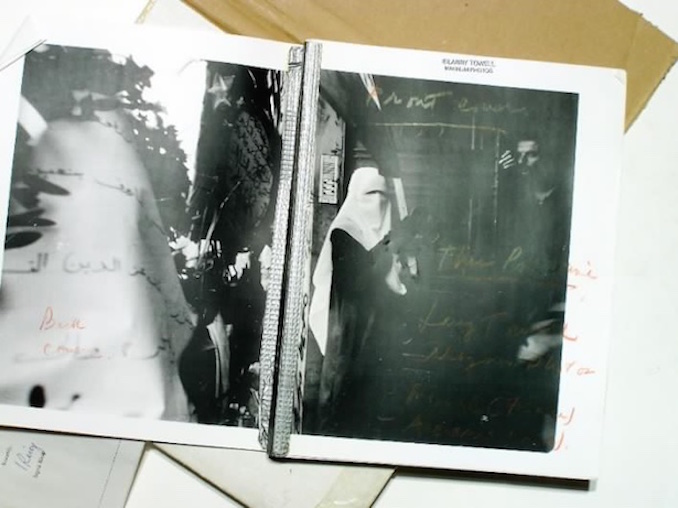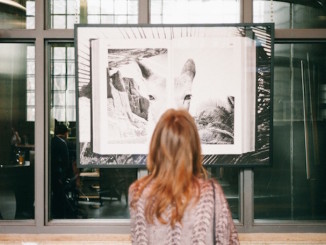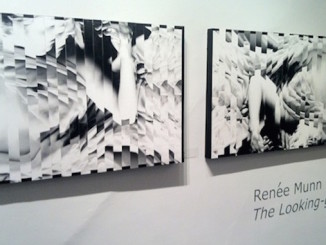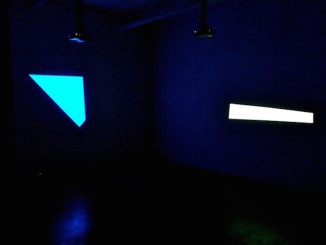
During Toronto’s Scotiabank’s CONTACT Photography festival, I got the chance to hear Larry Towell speak about his photographic work.
CONTACT is the largest photography event in the world, celebrating the art of a lens, with its ability to capture and educate the world. With over 1,500 photographers exhibiting this year across the GTA, CONTACT is a huge endeavour for those that run the event. It’s mission is to democratize photography as an accessible art form and endorse photography as an influential profession.
Larry Towell, an acclaimed photographer in his own right, spoke for two hours in the Shopify office at 80 Spadina. Known for his remarkable photo-journalistic work and as the first Canadian member of Magnum Photos, Towell has made a successful career in the industry of photography. Towell described his career more like a lifestyle, rather than a profession; a testament to his dedication to photojournalism and to exposing human rights issues as they unfold.
At 61, Towell has captured the stories of many landless people, who are directly affected by conflict and epidemic. He first began exploring the theme of landlessness after he graduated from York University, when he travelled to India and captured the horrific realities of starvation.
Towell uses the camera as a tool for story telling. He travelled to Central America and documented the revolution in Nicaragua and the war in Guatemala. He then went to Vietnam with American soldiers who suffered from Post Traumatic Syndrome, photographing their journey of coming to terms with the aftermath of the Vietnam War. From there, he spent a over a decade in Palestine and Israel in refugee camps, which made him view his own country from a different perspective. He then focused his lens on transient German Mennonites around his home in Southern Ontario, and in Mexico.
Towell’s work has always had a cause, using his camera to expose or illuminate the socio-political issues that he declared important. He photographed the people of Guatemala, Peru and Rawanda, capturing AIDS and genocide with the mission to provide anti-viral drugs. Towell has also photographed the broken bodies of people in Afghanistan during the war, Haiti after the Earthquake, in New York after the 9/11 attack, in Kiev suffering from political-unrest, and in Bangladesh after the collapse of sweatshops.
Towell’s photo-jounalistic work is a testament to his drive to use photography as a tool for change. First motivated by his anger for Raegan politics after graduating from York University, Towell has travelled the world and seen atrocities that he said “deeply torment’s you”. Towell’s lecture emphasized the harsh realities of photo-journalism and the toll it has taken on him.
In his two hour lecture, Towell kept returning to the question of whether his work has changed the world in some way. This is indicative of the problems in photojournalism and the realities of using photography as an eye-witness report.
It is undeniable that Towell’s work has made an impact on the world. What would happen if shocking photographs of horrible crimes to human rights ceased to circulate, or never to be captured in the first place? For this, we should all be thankful for the power of photography, for its capacities in story telling.
Visit Larry’s Website here.




